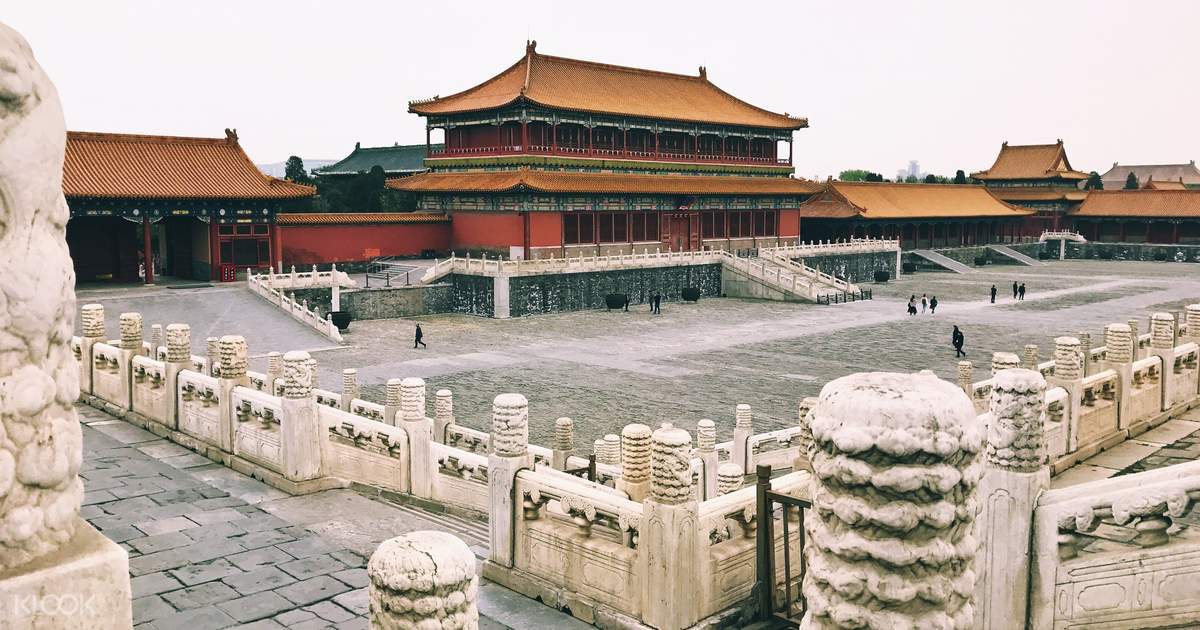TRAVEL IN BUDAPEST: TWIN CITIES ON THE DANUBE
City walks, seasonal festivals, and museums brimming with everything from art and history to more unusual sights abound in modern-day Budapest, as does the intriguing mummified arm of King István, Hungary’s first Christian king, on display in St. Stephen’s Basilica.
ENJOY THE COFFEE SHOPS AND PASTRIES
There are literally dozens of cafes in the heart of Budapest. Your willpower will be put to the ultimate test by the tempting pastries and cakes sold in the city’s quaint cafes, so leave your diet at home.
You should look for retes, a flaky strudel stuffed with apples, cherries, cheese, or poppy seeds. Along Pest’s Andrassy Avenue, where the Hungarian State Opera House is located among a cluster of retail shops, smart restaurants, and cafes, is where you should probably start your sightseeing.

Muvesz Kavehaz, also known as the Artist Coffeehouse, is located at Andrassy ut 29 and is easily spotted as it is directly across from the opera house. Authentically Hungarian in every detail, this coffeehouse has its own distinct personality. Elegant and spacious baroque mirrors and cozy wicker chairs grouped around petite cafe tables set the mood.
Cups of hot, strong, dark kave are best enjoyed with a selection of tempting cakes, tortes, and pastries.
Budapest has many streets that are convenient for pedestrians, so if you like walking and need to burn off some of that torta, you’ll be happy there. Both leisurely and energetic walkers will appreciate the city’s stunning landscapes and abundance of paths to explore.
Margaret Island (about 2.5 km long and located in the middle of the Danube, the island is accessible by foot or tram) and the Buda Hills, where the Budakeszi Game Preserve can be found, are two great places to go for a stroll in the tranquil greenery.
YOU’LL FIND MANY EXAMPLES OF STUNNING ARCHITECTURE
When strolling the streets, keep your eyes peeled for the many beautiful buildings, including many that were designed in the Art Nouveau style.
Buda’s Castle District can be reached by crossing the Széchenyi Chain Bridge. The neighborhoods of Castle Hill and Watertown are rich in royal, military, and religious heritage. Castle Hill, perched sixty meters above the Danube, is constructed atop a vast cave system carved into the landscape by thermal springs. These caves stretch for approximately 28 kilometers (17 meters).
You can visit the Hungarian National Gallery, the Museum of Military History, and the Golden Eagle Pharmacy Museum on Castle Hill, in addition to the Royal Palace, the Vienna Gate, and the neo-Gothic-style Matthias Church (Mátyás Templom).
The latter houses permanent exhibitions of works by eminent Hungarian artists. The Baroque paintings of Jakab Bogdany and the modern art of Karoly Ferenczy and Ferenc Medgyessy can be found here, among other notable artists of the 20th century. In order to cross the Danube, there are a number of major bridges.

Szentháromság ter 6 is also home to the House of Hungarian Wines. Here, guests can take a tasting tour and learn about Hungary’s 22 wine regions all at once.
THE CITY WAS BUILT ON THERMAL SPRINGS
The foundation of the city of Budapest rests on a network of about one hundred thermal springs (about one thousand springs are found throughout Hungary), which provide water for the city’s many world-famous spas.
There are close to forty spas in the city, ranging from public baths to medical and therapeutic spas. The luxurious Gellért Hotel is home to the world-famous Gellért Thermal Bath (Szent Gellért ter 1), one of many upscale spas in the city.
The Romans diverted the flow of water from this spring to use in their public baths. The Gellért Thermal Bath was constructed in 1918 and features a variety of pools for its customers to enjoy. The large outdoor pool and naturist sunbathing deck are both available from April through September.

The Great Market Hall (IX Fovam ter), also known as the Central Market Hall, is Budapest’s largest covered indoor food market and a must-see on any visitor’s itinerary.
Foodies will find a veritable feast at the Great Market Hall’s stalls, which feature colorful displays of meats, fish, deli items, wines, fruits, cheeses, vegetables, and the ubiquitous Hungarian seasoning paprika.
Here you can buy the spice in a number of different preparations, including dried, crushed, fresh, strung, and pickled. Upstairs, you’ll find food stalls selling authentic Hungarian cuisine like csirke paprikas (chicken paprikas) and gulyas (goulash), perfect if the market’s sights and smells have made you hungry.
If You Go:
Despite its similarities to other cool Central European cities like Prague and Warsaw, Budapest has managed to keep its own distinct Magyar character and charm. Budapest is a fantastic vacation spot for those interested in art, history, architecture, cuisine, or nightlife.




